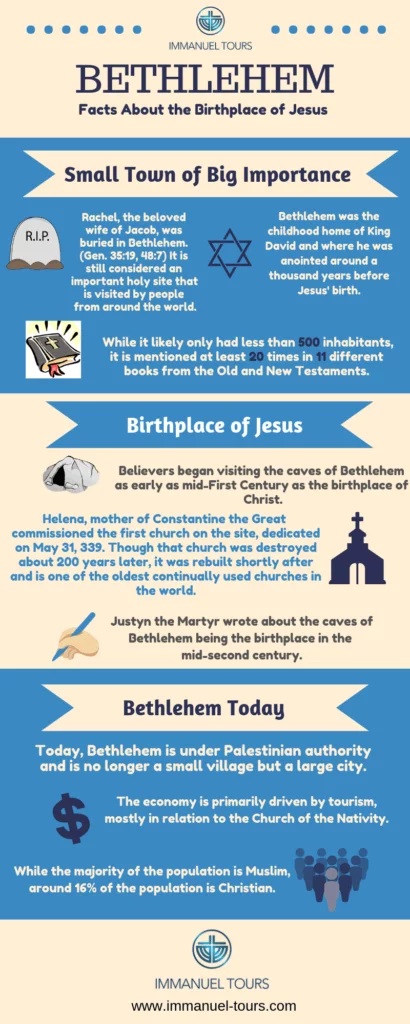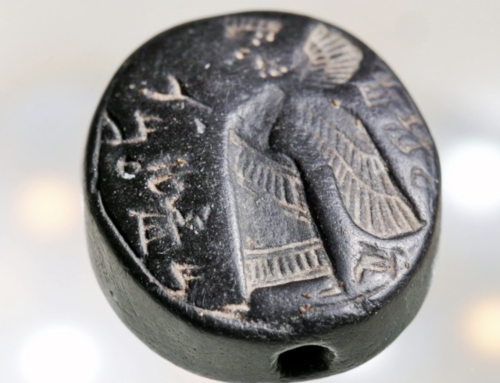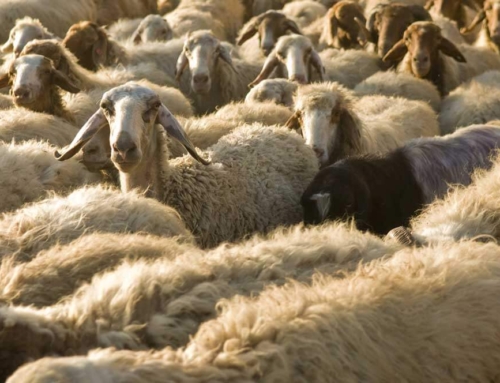“Oh Little Town of Bethlehem…”
Bethlehem is known the world over for it’s connection to the Christ story as the location of his birth. It’s history though goes much further back, deep into the very roots of Israeli history, including Jacob and Rachel, Ruth and Boaz and King David himself. The town of Bethlehem reminds us that the story of Jesus began long before his birth
The Old Testament
Rachel, the wife of Jacob is said to have been buried near Bethlehem and is one of the holiest sites in Judaism. The current shrine was built
King David was born, raised and anointed in the Bethlehem where he tended flocks. The story of his great-grandparents, Ruth and Boaz, plays out around Bethlehem. It arguably is the most important city in Israel next to Jerusalem.
The word Bethlehem means “House of Bread” in Hebrew, though Arabic translates to “House of Meat” due to it’s extensive agricultural roots. It’s also been called “Ephrath” (which means “fruitful”) in the book of Genesis and these two names are generally regarded to be the same place.
Genesis 35 talks about Jacob and his family traveling from Bethel to Ephrath to Bethlehem, including Rachel who was pregnant. It says she had a difficult labor that would claim her life shortly after naming her son Benoni (son of my sorrrow) though Jacob would change it to Benyamin (son of my right hand). According to Genesis 35:19, Jacob erected a special stone to mark the place of her burial. While that stone is no longer known, the current location has been visited for at least 1700 years as being where it happened. What we do know is it was on the outskirts of Bethlehem, likely the north side because they came from Bethel.
The book of Ruth tells that Ruth, a Moabite, was married to the son of a man from Bethlehem. When famine struck the land and the man and his two sons passed, his wife, Naomi returned to Bethlehem and her daughter-in-law did a very unusual thing an returned to Bethlehem with her instead of staying in her own land. Boaz, a wealthy landowner and the relative of Ruth’s husband, served as her kinsman redeemer, and the conceived a child, Obed, who had Jesse, who was the father of David.
David was born and raised in Bethlehem, caring for his father’s flocks. In 1 Samuel 16, David is anointed by Samuel after the Lord rejected Saul when he did not follow his instructions. In Luke 2:4, Bethlehem is still referred to as the “City of David”.
While it likely had less than 600 people, Bethlehem is mentioned in the Bible at least twenty different times and in eleven different books in the Old and New Testaments.
The Birth of Jesus
Bethlehem is best known for being the place where Jesus was born. In a town of less than a thousand people, it has been said that when it referrers to an inn, it was like referring to be any room at a family members house. Some speculate between if it was due to an influx of family in town, or if they were aware of the scandal surrounding Mary and didn’t want her in their home. There are many caves in the area that were used to house animals, and one of these caves is likely where Jesus was born, unlike the proper barn we have come to see in Nativity decorations. The Church of the Nativity is over such caves and has been there since 339AD when Helena commissioned it’s building. It was destroyed and rebuilt around 500, but then was rebuilt and is now one of the oldest, continuously used churches in the world. According to the writings of Justyn the Martyr, people have been visiting the caves as the birthplace since at least the mid-second century.
The Church of the Nativity is governed by three churches; the Greek Orthodox Church, The Armenian Apostolic Church and the Roman Catholic Church.
Today, Bethlehem is no longer a small farming town but a large city of about 100,000 people. It resides under Palestinian authority. It used to be a arabic Christian stronghold, though in recent years the Christian population has shrank to 16% and the majority are muslim. Today, Bethlehem relies heavily on tourism and its ties to Christ’s birth, with the Church of the Nativity at its center.
Many of our tours enjoy visits to Bethlehem to visit the Shepherd’s Fields, where the angles are said to have appeared to the shepherds to to tell them of the birth, the Church of the Nativity and perhaps visit the many olive wood stores in the town to buy items made from the symbolic wood including nativity scenes.
If you would like to learn more about a tour to the Holy Land, and how to include Bethlehem in your itinerary, please contact us. We would love to make your dream of visiting the Holy Land a reality!








